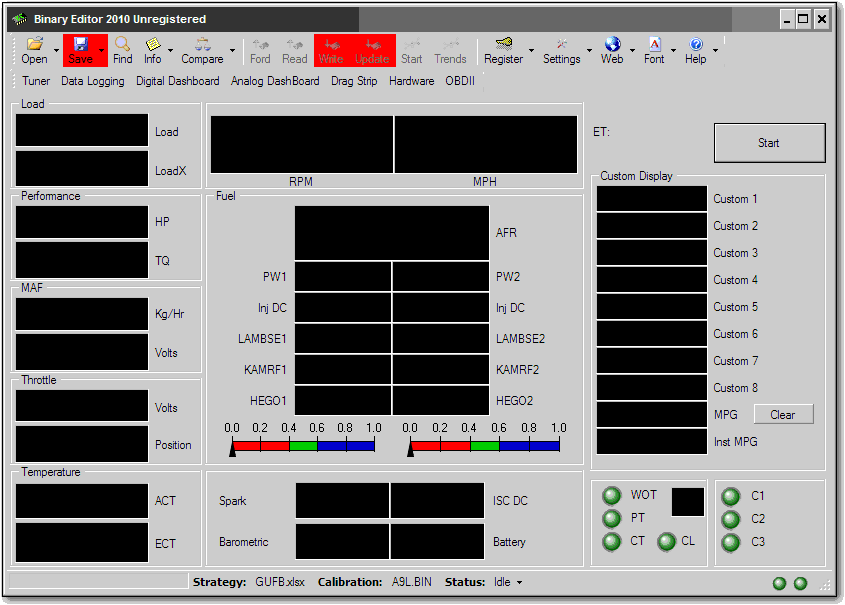
Low temperature PEM fuel cells have been studied by many researchers during the past using various modeling and experimental approaches while high-temperature PEM fuel cells only have been studied in recent times due to the tough barrier of membrane development. A high-temperature PEM fuel cell does not have liquid water in operation, which thus has different water transport mechanism compared to low-temperature PEM fuel cells. A low-temperature PEM fuel cell typically needs and produces liquid water to keep the membrane hydrated, which incurs complicated heat and mass transport processes. The heat and mass transport phenomena and material properties of low-temperature and high-temperature PEM fuel cells have some significant differences. Low-temperature PEM fuel cells have a low operating temperature below 100 ☌, whereas high-temperature PEM fuel cells work at temperatures above 100 ☌, typically in the range from 120 to 180 ☌. īased on operating temperatures, PEM fuel cells may be divided into two categories: low-temperature PEM fuel cells and high-temperature PEM fuel cells. Application of PEM fuel cells has become wider in recent years for power sources of cars, and portable or stationary backup power units at various power levels.

Recognized as clean power sources, proton-exchange membrane (PEM) fuel cells have a number of advantages, such as low emissions, high power density, and relatively fast start-up.

As the model requires less computational work, it was used to analyze a large number of cases with different gas flow channel dimensions and operating conditions, and optimization to the dimensions of channels and ribs was accomplished. The results from the simulation and experimental tests showed good agreement, which validated the mathematical model. The simulated results for high-temperature PEM fuel cells were compared with experimental results from literature. The ohmic loss is taken into consideration through analysis of a representative network circuit simulating the electron and proton conduction in the elements of electrodes and electrolyte, respectively.


Therefore, the concentration and activation polarizations are simulated with much less computational work compared to a three-dimensional numerical model. As the major step of the modeling, the average concentrations of gas species in bulk flows as well as in the layers of electrodes are calculated through mass transfer analysis in one-dimensional direction normal to the membrane-electrodes layers. In order to accomplish the objective of studying and optimizing the flow channel geometries and dimensions for high-temperature proton-exchange-membrane (PEM) fuel cells (with operating temperatures above 120 ☌), a mathematical model has been developed in this work.


 0 kommentar(er)
0 kommentar(er)
